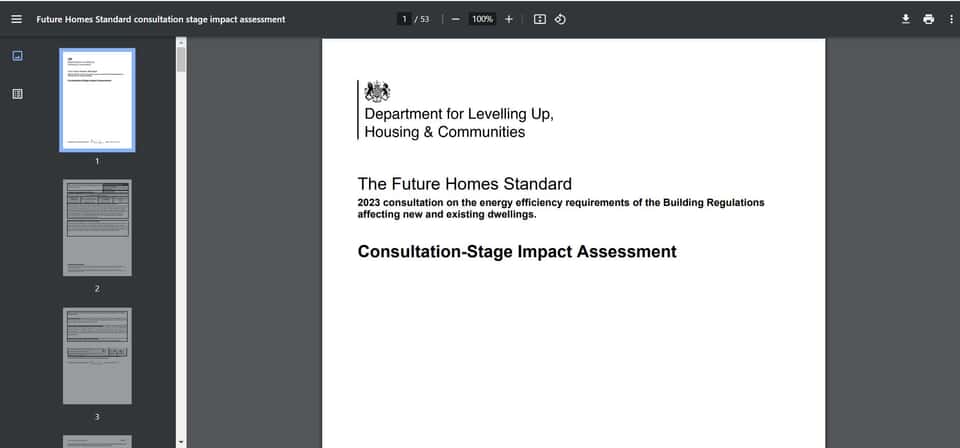
The Future Homes Standard Webinar Recap: Your questions answered
Regulatory Updates
The Future Homes Standard Webinar Recap: Your questions answered

In a rapidly evolving landscape of energy efficiency regulations and sustainability mandates, staying informed is key. Our webinar aimed to provide clarity on the implications of the Future Homes Standard Consultation and guide attendees through what lies ahead in the realm of home construction and design. From deciphering regulatory jargon to outlining actionable steps, we’ve curated a comprehensive resource to address all the questions posed during the session.
Cost consideration
Is there further information on the cost uplifts?
Are the running costs for occupiers considered at all – or is it just about cost to the builder?
Yes full cost impact assessment can be found here:
Future Homes Standard Impact Assessment







